The Mongolian horse – a true icon of the steppes! These pint-sized powerhouses have been galloping across the vast plains of Mongolia for centuries, leaving their hoofprints on the very fabric of the nation’s history and culture.
But don’t let their small stature fool you – what these horses lack in size, they more than make up for in spirit and resilience. Shaped by the harsh, unforgiving landscape of their homeland, Mongolian horses have developed a unique set of adaptations that allow them to thrive where others might falter.
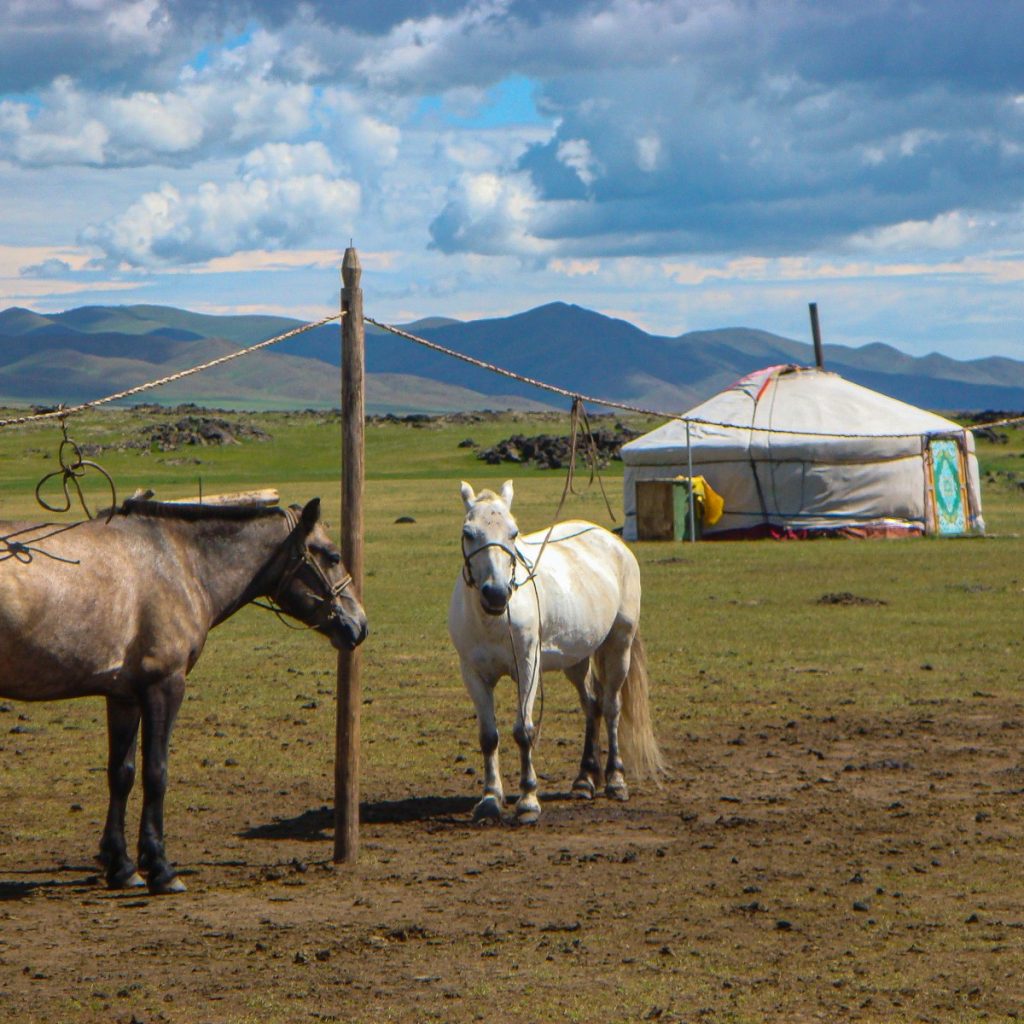
From their crucial role in the rise of the Mongol Empire to their enduring presence in modern-day Mongolian society, these horses have been an integral part of life on the steppes for as long as anyone can remember. They’ve carried nomads and warriors, herded livestock, and even graced the pages of legends and folklore.
So saddle up, dear reader, and join us on a journey through the fascinating world of the Mongolian horse. We’ll explore their physical characteristics, delve into their history and cultural significance, and even uncover some surprising facts along the way (like the fact that mare’s milk is a staple of the Mongolian diet – who knew?).
Physical Characteristics of Mongolian Horse
Alright, let’s saddle up and take a closer look at the physical characteristics of these incredible equines!
Size and Build
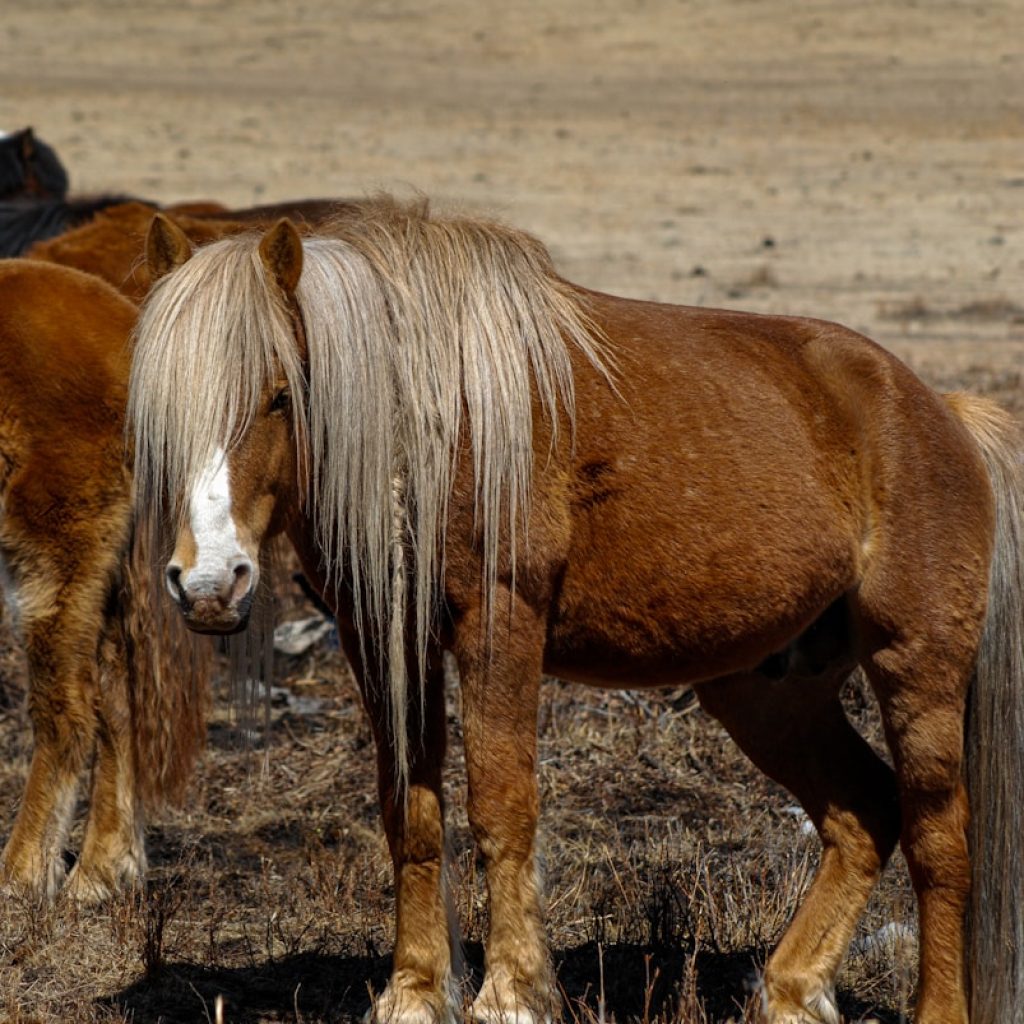
Mongolian horses are on the smaller side, typically standing between 12 and 14 hands high (that’s about 4 to 4.7 feet / 1.3 meter at the shoulder for those of us who don’t speak horse).
But don’t let their size fool you – these compact steeds are built for endurance and resilience. They’ve got strong, sturdy legs, deep chests, and thick necks that make them well-suited for the harsh Mongolian terrain.
Colors and Markings
When it comes to colors, Mongolian horses are like a box of crayons – they come in all sorts of shades! You’ve got your classic bays and chestnuts, but also duns, grullos, and even the occasional spotted horse.
Unique Physical Characteristics
Now, here’s where things get really interesting. Mongolian horses have evolved some pretty nifty tricks to survive in their unforgiving homeland. For starters, they’ve got thick, shaggy coats that keep them toasty in the brutal winters and shed out to a sleek, glossy finish in the summer. They also have tough, dense hooves that can handle the rocky terrain without the need for horseshoes.
But perhaps most impressive is their ability to forage and thrive on the sparse vegetation of the steppes. These horses are like the goats of the equine world – they’ll munch on just about anything, from tough grasses to woody shrubs.
Role in History & Mongolian Society
These trusty steeds have been the go-to mode of transportation for Mongolians for centuries. Who needs a car when you’ve got a horse that can navigate the rugged terrain like a pro? Plus, they’re eco-friendly and don’t need gas – just some good ol’ grass!
Mongolian horses are the ultimate farmhands. They help herd sheep, goats, and cattle across the vast steppes, making sure everyone stays in line. And when it comes to agriculture, they’re not afraid to get their hooves dirty – they’ll plow fields and carry heavy loads like it’s nobody’s business.
Now, here’s where the Mongolian horse really shines. These fierce warriors were instrumental in building the legendary Mongol Empire. Genghis Khan and his troops relied on their horses’ speed, endurance, and agility to conquer vast territories and strike fear into the hearts of their enemies. Fun fact: Mongolian horses were even used as a food source during long campaigns!
Mongolian Naadam Horse Racing
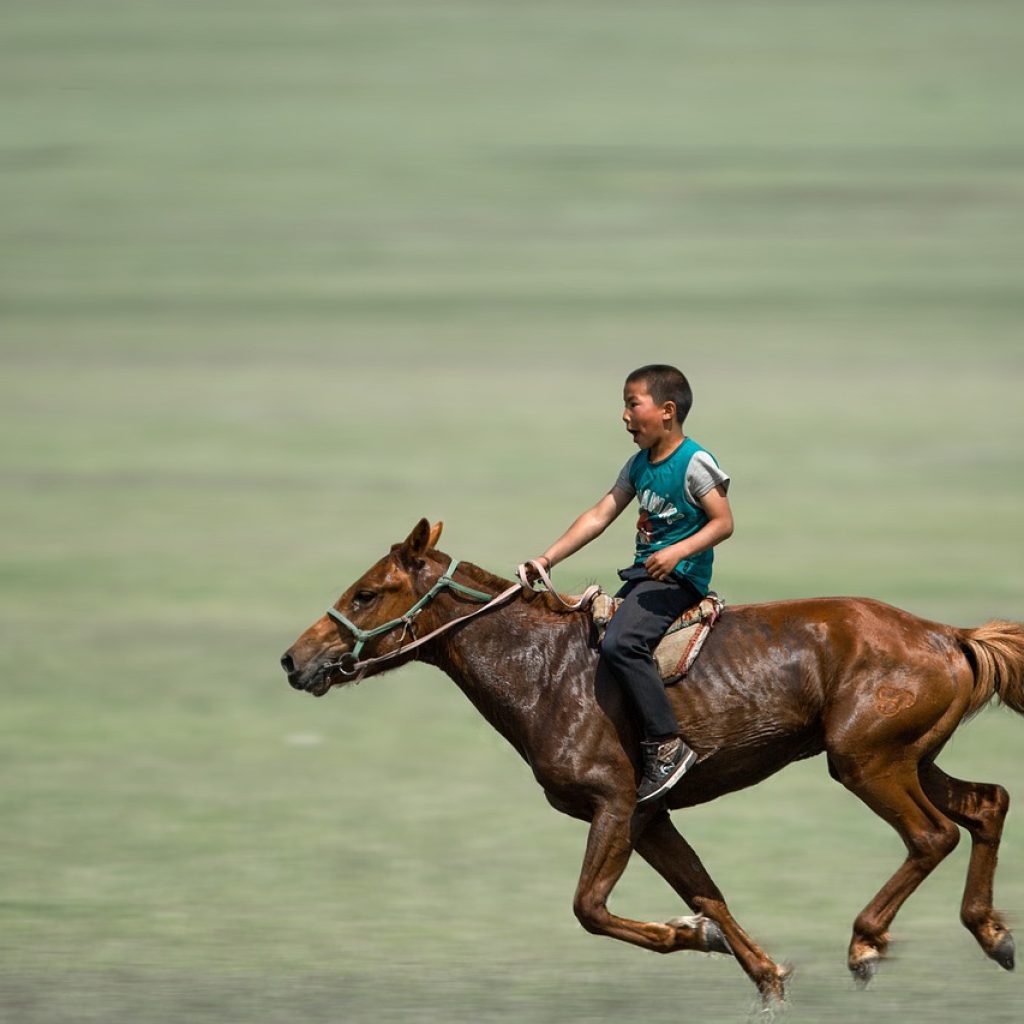
But it’s not all work and no play for these horses. They’re also the stars of many Mongolian festivals and cultural events. The Naadam festival, for example, features thrilling horse races where riders as young as five years old compete for glory. And in the dead of winter, the Ice Festival in Khövsgöl showcases elaborate horse sculptures carved from blocks of ice. Talk about a cool party trick!
Interesting Facts About Mongolian Horses
Alright, buckle up, because I’ve got some fascinating facts about Mongolian horses.
- Mongolian horses are tough as nails. They can withstand temperatures from -40°C to +30°C and survive on little water and sparse vegetation. Talk about resilient!
- These horses are on the smaller side, averaging about 12-14 hands high (that’s 48-56 inches at the shoulder). But don’t let their size fool you – they’re strong, sturdy, and built for endurance.
- Mongolian horses come in a variety of colors, but they’re known for their distinctive “wild” appearance, with thick necks, short legs, and big heads. Basically, they’re the “bad boys” of the horse world.
- In Mongolia, horses outnumber humans! There are around 5 million horses in the country, which is more than the human population of about 3.4 million. It’s like a real-life “Planet of the Horses” over there.
- Genghis Khan’s army relied heavily on Mongolian horses. These swift steeds allowed the Mongols to conquer vast territories and establish the largest contiguous empire in history. Who needs tanks when you’ve got a horde of galloping horses?
- Mongolians have a special bond with their horses. Children learn to ride as early as three years old, and horses are an integral part of daily life, from transportation to herding livestock out in the countryside.
- Mare’s milk, known as airag, is a staple in the Mongolian diet. It’s fermented into a slightly alcoholic drink that’s said to have health benefits. Forget cow’s milk – in Mongolia, it’s all about the horse juice!
- The Mongol Derby, an annual 1,000-kilometer horse race across the Mongolian steppes, is considered the longest and toughest horse race in the world. Riders change horses every 40 km and must navigate through wild terrain. It’s like the Ironman of horse racing!
- In Mongolian culture, horses are believed to have spiritual significance. They’re often associated with shamanic practices and are thought to carry the souls of the deceased to the afterlife.
- Mongolian horses have a unique gait called the “tölt,” which is a smooth, four-beat ambling gait that’s super comfortable for riders. It’s like riding on a cloud… if clouds were made of horse.

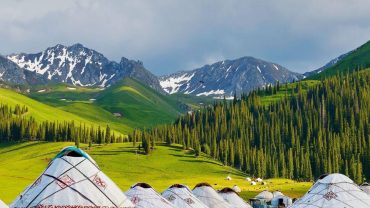
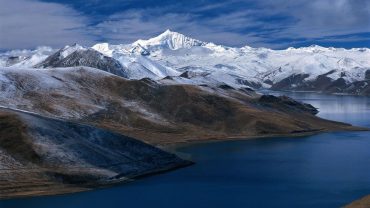
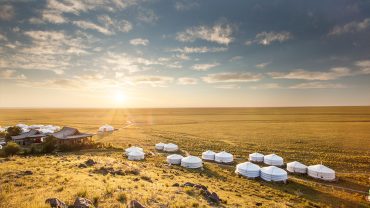
Comment (0)